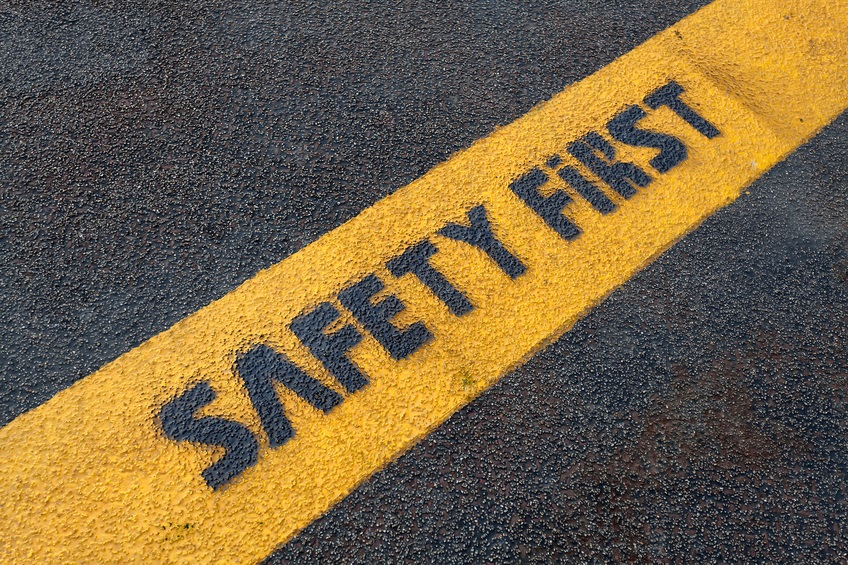According to the U.S. State Department, motor vehicle crashes — not terrorism, crime, infectious disease or air travel— are the number one cause of death to healthy Americans living, working and traveling abroad. Without action, the WHO predicts road traffic crashes to become the 7th leading cause of death by 2030. For those managing duty of care initiatives, road safety should be thoroughly addressed in your travel safety policies. Here are 4 things your organization should know about incorporating road safety into your travel safety programs:

1. It’s a Complex Risk Landscape: The first step is educating travelers in something they are not used to thinking about—many people recognize the environment may be different in foreign countries, but often fail to realize just how different. The reality is in many parts of the world have unenforced traffic laws, unmaintained vehicles and poor roads and infrastructure. In developing countries especially, the dangers can include crowded buses and pedestrians sharing roads with scooters, hand carts and even animals. In fact, about 90% of the globe’s road-traffic deaths occur in low and middle-income countries, according to the WHO, and half of those dying on the world’s roads are pedestrians, cyclists and motorcyclists. Not to mention, a crash in a developing country is more likely to be fatal since emergency care may not be readily available. It can take a long time (and in some cases a medical evacuation) to get to a facility that can provide adequate care—nearly half of all medical evacuations back to the United States are the result of a car crash, and a medical evacuation can cost $30,000 or more depending on the location.
2. Risk Appetites Vary: While many organizations aim to strike a balance between policing and responsible caution, the question becomes: how do you establish that line? Levels of risk tolerance and vulnerability differ for each organization, and only you can answer that. However, one thing is for sure: define your organization’s stance on road safety up front so there are no surprises later. Part of a robust risk management and duty of care strategy is vetting transportation options on behalf of travelers. For example, maybe you choose to advise against the operation of motor vehicles altogether in foreign countries and instead, mandate travelers hire reputable local drivers who know the region’s roads, laws and customs. Or, perhaps your organization only permits motor vehicle rentals in areas where they drive on the right-hand side of the road. Wherever your policies land, the key is not just defining them—but also enforcing them and asking your travelers to sign off on them.
3. Information is King: Learning about the local road culture is one of the easiest ways to prevent a road accident abroad. Safety experts recommend conducting pre-trip research which could include detailed road conditions, local traffic laws, road rules (spoken and unspoken), frequency of military stops/security checks, dangerous roads to avoid and even the safest modes of transportation. It’s also important to know a destination’s protocol for accidents and traffic tickets. In many countries, it is actually illegal to leave the scene of an accident until police have arrived, even if the driver is not at fault—and in rural areas, this process could take hours. The U.S. Department of State has a road safety section for every country in the world in their country information pages; additionally, travelers can obtain a copy of a country’s driving laws from the country’s embassy in the United States, foreign government tourism offices, or from a car rental company in the destination. Or, even easier – you could ask your travel risk management provider to provide your travelers with this information instead.
4. It Often Comes Down to Common Sense: The hustle and bustle of travel can often cause people to forget even the most obvious, common-sense safety precautions. Simply reminding travelers of ways to avoid unnecessary risks can go a long way in helping to enforce good road safety habits:
- Plan routes (and contingency routes) ahead of time—factor in plenty of extra time to get from Point A to Point B.
- Avoid traveling at night, when possible, especially in developing countries with inadequate signage/lighting and mountainous terrain (in many countries, particularly in rural areas, drivers may turn their headlights off as they believe it will save their batteries).
- Use seatbelts and child safety seats, wear helmets and use crosswalks.
- Operate any type of motor vehicle with extreme caution, especially motorcycles and scooters.
- Choose a well-marked taxi with a lighted roof sign that contains a prominent logo.
- Call for a taxi instead of hailing one.
- Ride in the back seat of taxis and in the middle row in minivans.
- If using a ride sharing service, take a moment to review the confirmation details including the make/model of the driver’s car, license plate number and a photo of the driver. Do NOT get in the car unless all the details match.
- Do not wear headphones or text while driving, walking or crossing streets.
- This should go without saying, but never drive when over-tired or under the influence…period.
- Know how to get help— including the country’s 911 equivalent (ambulance, fire, police), U.S. embassy or consulate and your organization’s travel risk management firm.
For more information about road travel safety and holistic travel risk management, contact us today.


